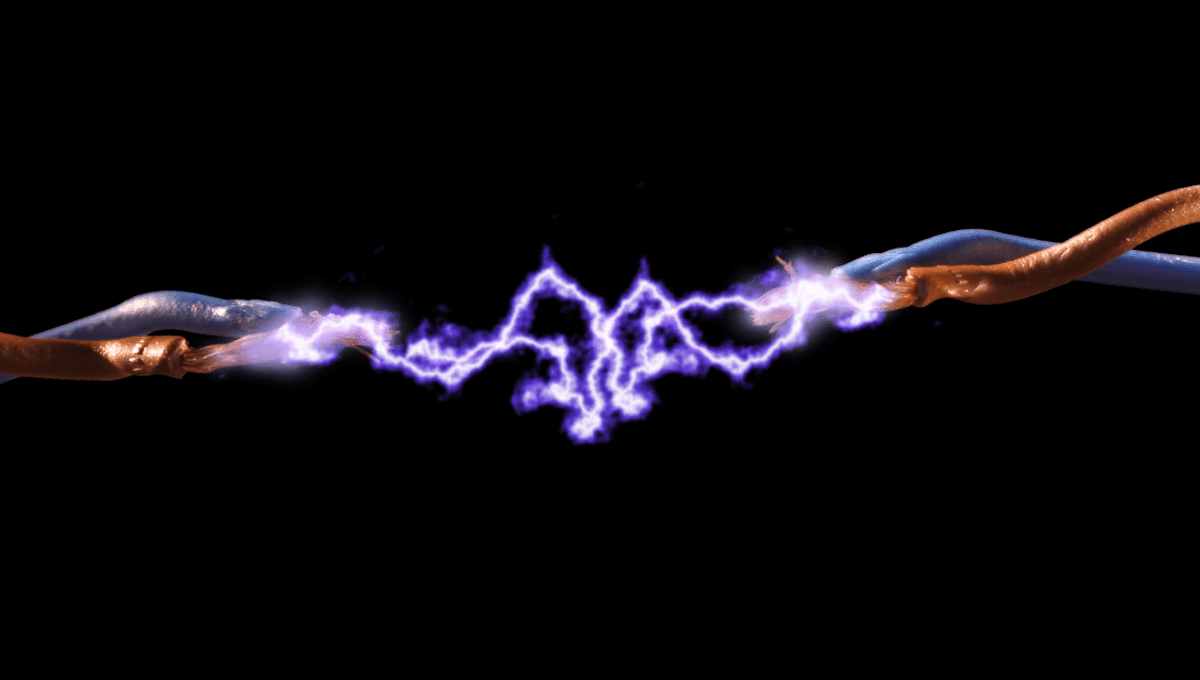
As great as things like “ethics” are for the health of volunteers and subjects, it has put an end to stories of people finding out about the effects of anesthesia by mashing each other’s testicles, or learning about the velocity of electricity by electrocuting a kilometer of monks.
Jean-Antoine Nollet was a clergyman and physicist with a somewhat eclectic resume. In 1748, he discovered osmosis, after taking a sealed pig’s bladder filled with wine and placing it in water, and in that same busy year he invented the electroscope. He was also prone to slightly wackier experiments, including one where he suspended a small boy from the ceiling by silk cords, electrically charged him and allowed people to go near him to produce sparks.
On this slightly goofier side was his experiment with the speed of electricity. In 1746, Nollet gathered 200 Carthusian monks and made them form a circle around 1.6 kilometers (1 mile) long. The monks held brass poles in each hand connecting them, before Nollet completed the circuit by hooking the monks up to an electrically charged Leyden jar.
Nollet’s plan was simple. He would be able to measure the velocity of electricity by watching the monks get electrocuted as the charge passed around the circuit – like a wave at a football game, but it’s monks convulsing and jumping as electricity shoots through their bodies.
Unfortunately for Nollet, but great for humanity, electrical charge moves a lot faster than he anticipated. The monks experienced the shock virtually simultaneously, and Nollet concluded that electrical charge moves with “unlimited rapidity”. In other words, he electrocuted 200 people to discover the speed of electricity was “fast”.
We now know that, depending on the material it is going through, electromagnetic waves propagate at 270,000 kilometers (167,770 miles) per second, around 90 percent the speed of light. The individual electrons, meanwhile, move slowly at around 0.02 centimeters (0.008 inches) per second. None of these calculations were conducted in monks.
Source Link: Measuring The Speed Of Electricity By Electrocuting A Mile Of Monks